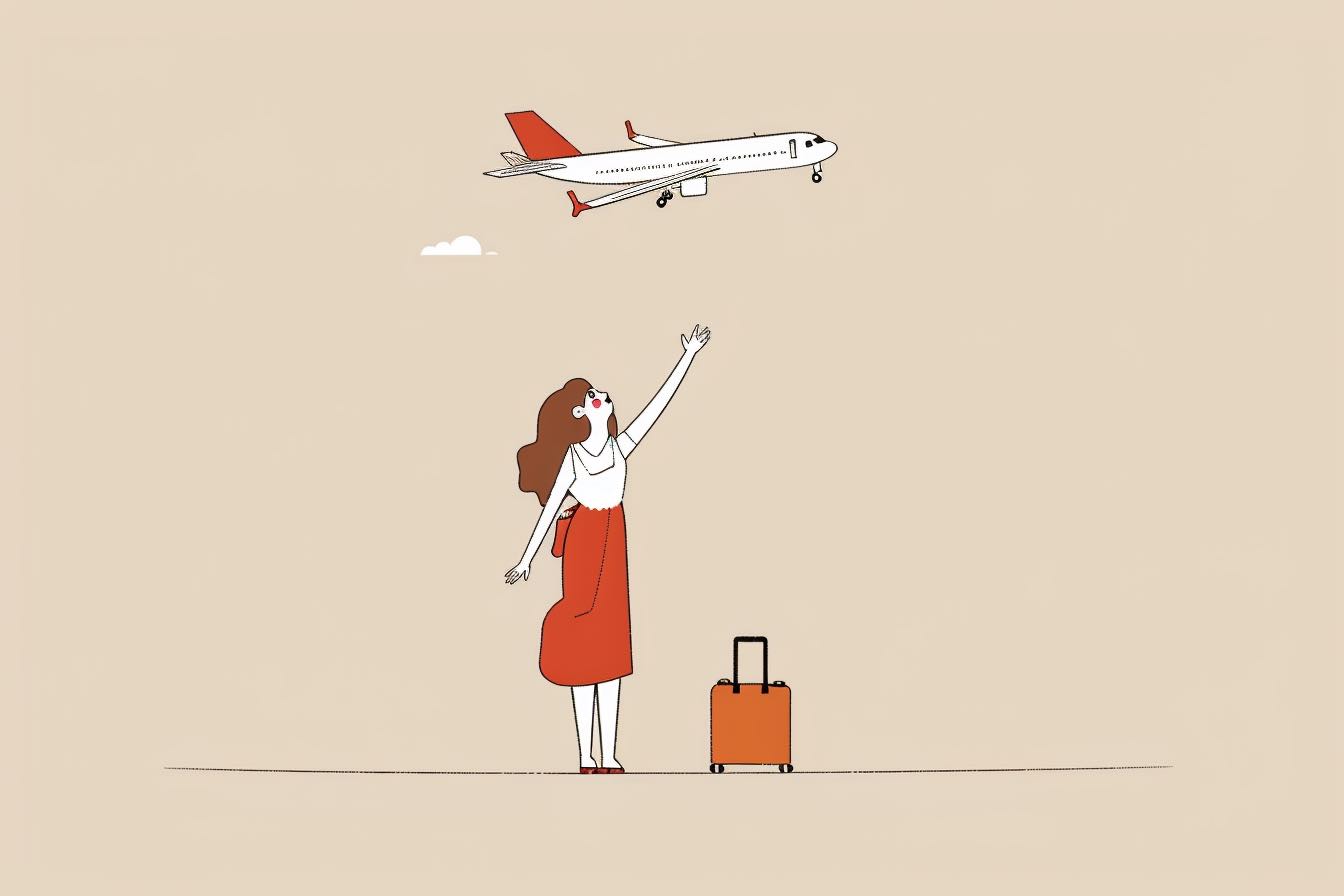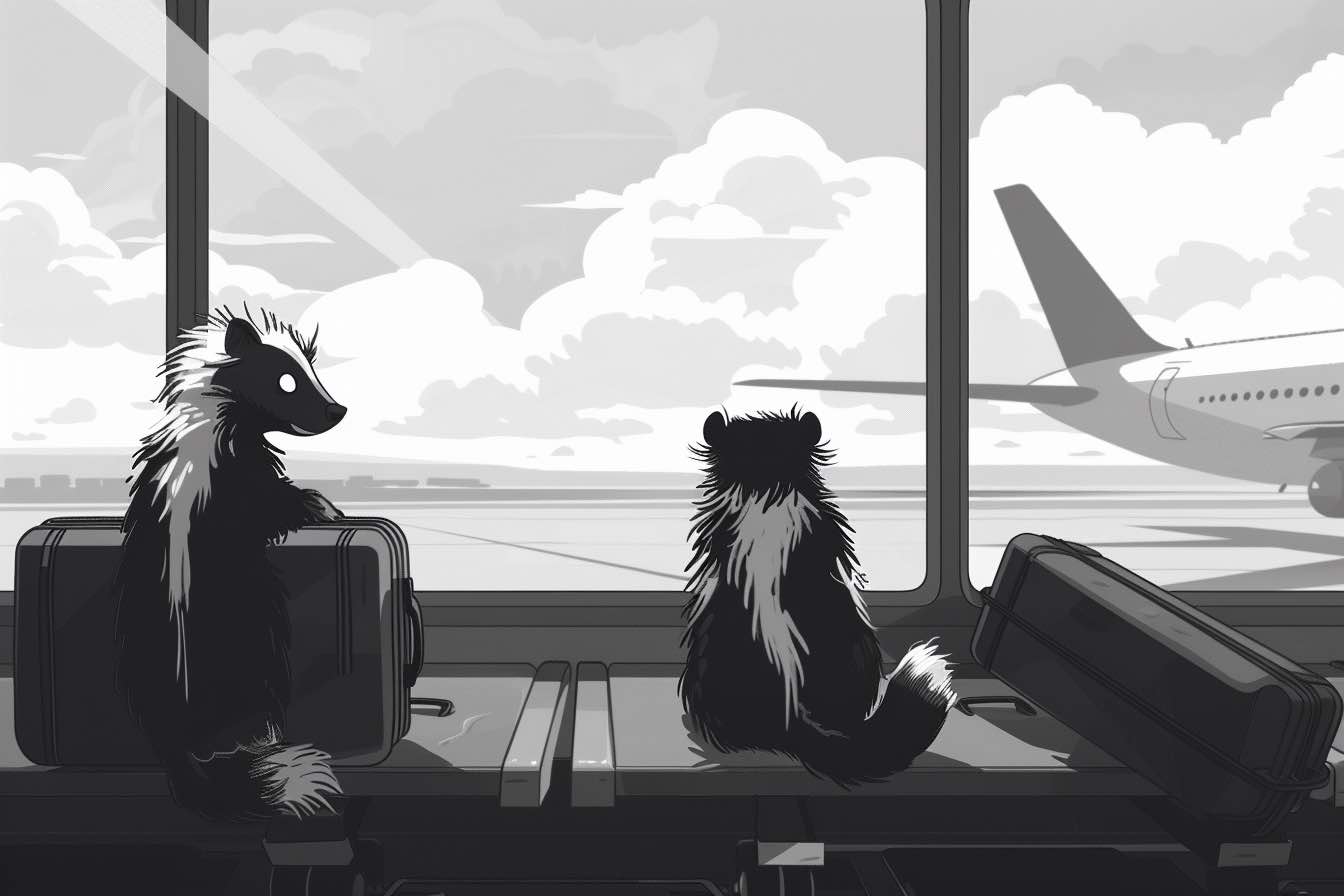Sitting in a pressurized aluminum tube for hours at a time takes a heavy toll on your body. So how do the pros survive a long flight in economy class? And how do they avoid jet lag?
Here’s how Akshay Nanavati does it: First, he drinks water — lots of water — to stay hydrated. Second, he stays up the night before his flight and brings an eye mask so that he can sleep on the plane. That helps him adjust to new time zones faster.
His lesson came at a price. Nanavati recently flew from New York to Bangalore — an 18-hour trip — and when he got there, he was wiped out. He hadn’t prepared and ordered a few Bloody Marys, which severely dehydrated him.
“I arrived in India groggy,” recalls Nanavati, a consultant based in Basking Ridge, N.J. “I couldn’t work or spend quality time with my family for two full days.”
Taking a long flight in economy class? Here’s what you’re up against
Surviving a long-haul flight in economy class isn’t easy. Potential side effects include dehydration, feeling sick from high altitude, fatigue and an increased risk of deep vein thrombosis, a potentially fatal condition. And we are all spending more time on planes. Numerous surveys suggest that post-pandemic, Americans are traveling farther than ever. There’s one main thing you can do to ensure your survival — I’ll get to that in a minute.
New research conducted by the University of Sydney’s Charles Perkins Center has taken an interdisciplinary approach to preventing the fatigue associated with marathon flights. Scientists are reviewing issues including nutrition, physical activity and sleep, hoping to help travelers avoid reactions like Nanavati’s.
Preliminary results suggest that a combination of exercise and eating comfort foods at the right time can prevent the most serious jet lag.
The project is a collaboration with Qantas, which is using the results to develop a new approach to long-haul travel ahead of its ultra-long-haul flights between Sydney and New York and London.
“We’re developing a suite of interventions and services that support health and wellness in the air and assist in shifting body clocks to ease the effects of jet lag,” says Perkins Center Academic Director Stephen Simpson.
Passengers need more room to survive a long-haul flight in economy class
Of course, one of the easiest ways to avoid jet lag — and lessen the risk of deep vein thrombosis — is to offer passengers a reasonable amount of personal space. In an effort to squeeze more people onto planes, airlines have reduced the amount of legroom, a step that passenger advocates say can increase the likelihood of blood clots.
Philip Capps, the head of customer product and service development at Qantas, says the carrier’s long-haul aircraft have been designed to maximize comfort.
“In business class, for example, the seats are laid out in a 1-2-1 configuration so that every passenger has direct aisle access,” he says. And economy class passengers will get 32 inches of seat pitch — a rough measure of legroom — compared with the Airbus A380’s 31 inches.
That’s a little better, but let’s be honest: 32 inches of seat pitch is still four inches shy of the old economy class. It’s a blood clot waiting to happen.
But how do you get through a whole day in economy class?
Spending more than 12 hours on a plane is a mind game, says LaVonne Markus, a travel agent with Travel Leaders in Stillwater, Minn.
“You have to accept that it will be a long flight,” she says
I interviewed dozens of frequent fliers to find out how they managed to get through long flights and avoid jet lag. Here’s what they told me.
Choose the right airline
If you’re taking a long flight, don’t cut corners. On a recent trip from Madrid to Buenos Aires on a discount European airline that shall remain nameless, they tried to sell us bottled water and breakfast at the end of a 13-hour flight. I’m surprised the passengers didn’t mutiny.
Your best bet is a seat on one of the Gulf carriers (Emirates, Etihad or Qatar Airways) or an airline specializing in long-haul flights, like Air New Zealand or Qantas.
For example, Air New Zealand researched long-haul flying for five years, which led it to update its cabin with dynamic lighting to help reset your circadian rhythm. It also added a special cooling pillow for business class passengers developed by NASA.
The airport in Doha, Qatar, has shopping, restaurants and an indoor green space that’s in a class by itself. Ian Bradley, a spokesman for Qatar Airways, says even economy class is a premium product.
“For us, it comes down to common sense — giving passengers enough legroom, in-flight entertainment and amenity kits,” he says.
Avoid all connections when you travel long distances
That’s the advice of Scott Jordan, a frequent traveler who runs a clothing company in Sun Valley, Idaho. He had just one connection on his recent flight from Salt Lake City to Johannesburg.
“I slept most of the way,” he says. But on his return, he had multiple connections and delays, which left him exhausted. “The fewer connections,” he adds, “the better.”
Dress the part
Wear loose clothing and bring a neck pillow, eye mask and noise-canceling headphones for a long flight. I prefer in-ear headphones (I use Sony’s WF-1000XM4, which also has excellent sound quality).
Experienced air travelers say you should choose what you wear carefully to avoid jet lag. Take eye masks, for example.
“Regular eye masks are not satisfactory,” says Nick H. Kamboj, CEO of a college admissions consulting company based in Chicago. “Choose an eye mask that leaves enough room for the eye and cushions your eye socket.”
Don’t stop drinking
You know the advice to stay hydrated on a plane? Make that a double on a long-haul flight, say experts.
“Hydrate, hydrate, hydrate,” says Bob Bacheler, managing director of Flying Angels, a medical transport service. “And when you are done with that, hydrate more.”
To avoid jet lag, Kylie Loyd, a travel advisor with Drift Destinations and a frequent traveler to Asia, doesn’t stop drinking on a plane.
“I always bring a large water bottle with me to stay hydrated,” she says. “If you need more, never hesitate to ask a flight attendant. I bring my own tea bags — chamomile for when I’m trying to sleep or green tea for when I’m trying to stay awake.” Oh, and never, ever drink alcohol. On a long flight, it’s poison.
Remember the compression socks
Your risk of developing deep vein thrombosis (DVT) is significantly higher on long-haul flights. Not moving for more than 10 hours can cause a deadly blood clot.
Camille Yeager, a travel advisor with Travel Leaders Network, recalls it happening to one of her young clients recently. She spent the next few months on medication.
“Today, I won’t fly anywhere without compression socks,” she says.
Pro tip: Take a blood thinner before your flight. Ed Horenburger, who frequently flies from the United States to China, says his doctor recommended aspirin.
“Thinning the blood a little will go a long way in preventing a blood clot,” he says.
Treat your jet lag before it becomes a problem
Transmeridian travel really wipes you out. On an ultra long-haul flight from Houston to Perth — a 14-hour time difference — I tried a new method for handling jet lag called FlyKitt, developed by a company called Fount. It uses an iPhone app, patented supplements and light-filtering glasses to adjust you to the new time zone quickly. Andrew Herr, Fount’s CEO, says the technology came from his work with Navy SEALs, where he discovered that the pressure change in flight causes inflammation.
“If you stop that, you can rapidly shift your circadian rhythm,” he explained.
I have to admit, I was a little skeptical. The app tells you when to sleep and when to take the pills, and I didn’t always follow the directions exactly, especially on the last leg of my flight from Doha to Perth, when I wasn’t supposed to sleep but did. Sure enough, I woke up early the next morning and had no jet lag.
Staying up late is only half the solution, says Topher Morrison, an education consultant in Tampa who travels frequently.
“Don’t follow the flight feeding schedule,” he says. “Follow the landing’s feeding schedule.” In other words, if you’re flying to Sydney, have lunch when it’s lunchtime in Sydney — even if it means getting up in the middle of the night to eat.
And whatever you do on a long flight, move!
If you’re in economy class, you’ll be sitting in an upright position for hours at a time.
“Get up and move,” advises Jeremy Smith, a spine surgeon at Hoag Orthopedic Institute in Irvine, Calif. Smith says you should give your body a break by standing up every 30 to 45 minutes. And don’t forget to bring a comfortable travel pillow for neck support.
In fact, if you do only one thing on your next long-haul flight, make sure you move, survivors like Kelly Merritt say. I use the term “survivor” literally. After a series of lengthy flights, she developed a pulmonary embolism that nearly killed her. She says her physician told her that flying was a contributing factor.
“It’s critical for travelers on long-haul flights to stay active during all aspects of the flight,” says Merritt, an author who lives in Pilot Mountain, N.C. “This can mean wiggling your feet and toes, getting up to walk around, anything that keeps the blood from pooling in your feet.”
Until science comes through with a workaround, this may be the best advice of all. If you want to survive, move.




